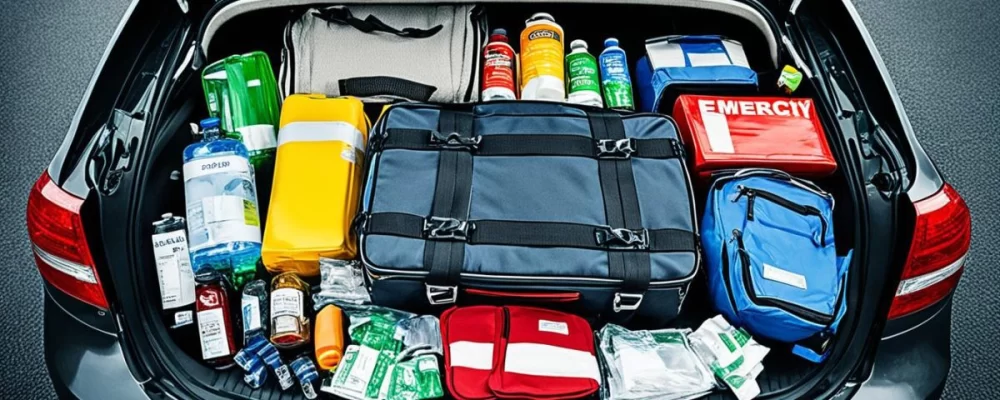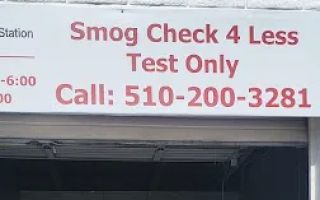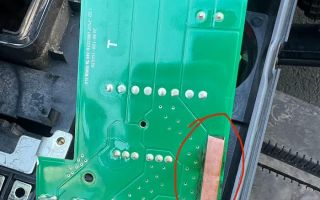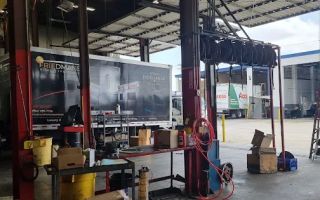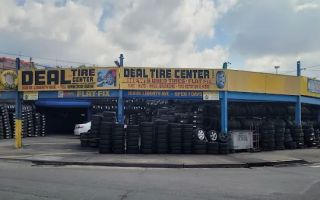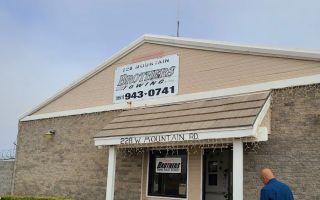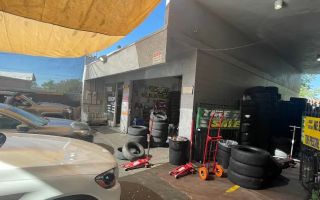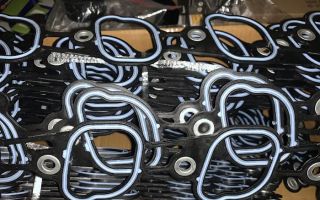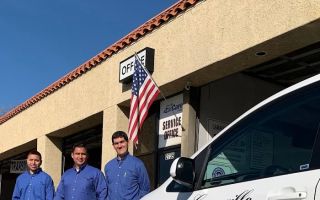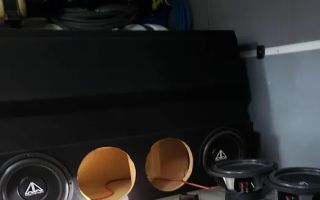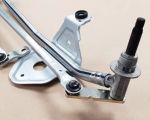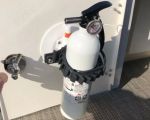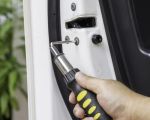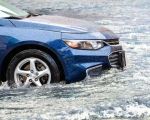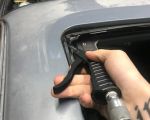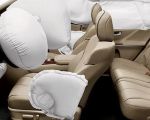Protecting Car Occupants in Emergencies: Essential Tips for Every Driver
As a driver, one of the most important responsibilities I have is ensuring the safety of everyone in my car, especially during emergencies. Car accidents or unexpected events can happen at any time, and being prepared can make a world of difference in minimizing injuries or even saving lives. After all, the safety of car occupants should always be a top priority. In this article, I’ll walk you through some effective strategies and techniques that can protect passengers during emergencies.
1. Always Wear Your Seatbelt – The First Line of Defense
Let’s start with the most basic yet crucial safety measure: wearing a seatbelt. I cannot stress enough how important it is for every passenger in the car to wear their seatbelt, regardless of how short the trip is. A seatbelt is the first line of defense in an accident. It helps keep passengers securely in their seats and significantly reduces the risk of serious injury or death.
When I’m driving, I make it a point to remind everyone in the car to buckle up before we start moving. The statistics are clear—according to the National Highway Traffic Safety Administration (NHTSA), seatbelts reduce the risk of fatal injury to front-seat passengers by 45%. In a crash, seatbelts prevent passengers from being thrown out of the vehicle or colliding with hard surfaces inside the car.
2. Use Airbags to Your Advantage
While seatbelts are essential, airbags play a vital role in reducing the severity of injuries during a crash. These devices are designed to deploy upon impact, cushioning the blow to the head and chest. It’s essential that the airbags are functioning properly and that the driver and passengers are seated in the correct position to benefit from their protection.
One thing I’ve learned over time is to always make sure the driver’s seat is adjusted correctly. If you’re too close to the steering wheel, the airbag might not deploy as intended, or it could even cause injury. Similarly, passengers in the front seat should never place their feet on the dashboard or recline their seats too far back, as these actions could interfere with the airbag’s deployment.
3. Understand Your Car’s Safety Features
Modern cars come equipped with a wide range of advanced safety features, and it’s crucial to understand how they work. For example, features like anti-lock brakes, electronic stability control, and traction control can help prevent accidents from occurring in the first place, especially during adverse weather conditions.
For instance, during my last winter road trip, I was driving in icy conditions. Thanks to the stability control system, I was able to maintain control of the car when I accidentally hit a patch of ice. These systems are lifesavers and can be the difference between a minor skid and a major collision. Make sure you are familiar with your vehicle’s safety features and know how to use them properly.
4. Prepare for an Emergency: First Aid Kit and Roadside Assistance
No one expects to be involved in an accident, but it’s always best to be prepared for the worst. One of the best ways I’ve found to stay ready for emergencies is by keeping a well-stocked first aid kit in my car. This can come in handy for treating minor injuries like cuts or burns while waiting for emergency medical help. A basic first aid kit should include bandages, antiseptic wipes, gauze, and pain relievers. I also make sure to have a flashlight and blankets on hand, especially for long trips or driving in remote areas.
In addition to a first aid kit, it’s always a good idea to have access to a roadside assistance service. Whether it’s for a flat tire, engine trouble, or if you're stuck in a ditch, having a reliable towing service on speed dial can make a huge difference. I always recommend having a service like “Rescue & Towing” available, as they offer fast and professional towing assistance. You never know when you’ll need a helping hand!
5. Know How to Handle a Crash
If the worst happens and you're involved in a car accident, staying calm is key. I remember one night when I was rear-ended at a stoplight. Thankfully, the damage was minimal, but I knew exactly what to do. I immediately checked on everyone’s well-being, stayed in my car to avoid traffic, and called emergency services. If you’re able to, try to take photos of the accident scene, as this can be helpful for insurance claims and legal purposes later on.
It’s also important to know what to do in the event of a fire. If your car catches fire, your first priority should be to exit the vehicle as quickly as possible. Don't attempt to fight the fire yourself unless you are trained to do so. Every second counts, and exiting the car safely is always the best option.
6. Preventing Emergency Situations: How to Avoid Accidents
While it’s essential to know how to respond in an emergency, prevention is always better than cure. I always drive cautiously, especially in hazardous conditions. Whether it’s raining, snowing, or foggy, adjusting my speed and driving carefully can often prevent an accident from happening in the first place.
Defensive driving is another technique that has saved me on numerous occasions. By constantly being aware of my surroundings, keeping a safe distance from other vehicles, and watching for hazards, I can avoid potential accidents. I also avoid distractions like using my phone or fiddling with the radio while driving, as these distractions can take my attention away from the road and increase the chances of an emergency.
7. Always Stay Informed and Up to Date
Finally, staying informed about the latest safety features, recall information, and accident prevention techniques is crucial. I make it a habit to regularly check for any recalls on my car and keep up with new safety regulations. For example, many automakers are now implementing features like automatic emergency braking and lane departure warnings, which can help prevent accidents before they happen.
Additionally, I find it helpful to periodically review my insurance coverage and ensure that I have adequate protection for emergency situations, including towing and medical coverage. You never know when you might need these services, and having the right coverage can alleviate a lot of stress in the event of an accident.
In conclusion, protecting car occupants during emergencies requires a combination of preparation, awareness, and the use of modern safety features. By following these tips and being proactive, we can reduce the risk of injuries and ensure the safety of ourselves and our passengers in any situation.

